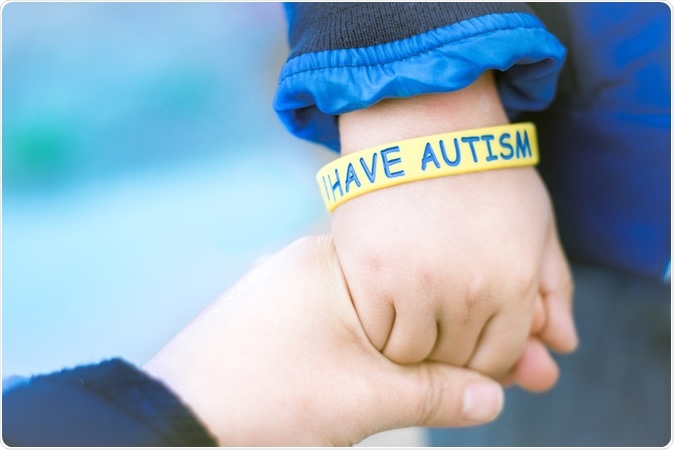A new study published in February 2020 in the journal Environmental Health Perspectives shows that being exposed to phthalates during intrauterine life is associated with the occurrence of autistic traits in boys 3-4 years old, but not in girls. These include poor social interaction, repetitive behavior, and a narrow range of interests, stopping short of an actual diagnosis of autism.
However, the boys born to mothers who had taken folic acid during pregnancy in recommended doses showed fewer of these traits.
It has been established that autism spectrum disorder (ASD) has a genetic contribution, but the evidence of a contribution by toxic chemicals is piling up bit by bit.
The study is one of several that shows the toxic effects of environmental chemicals like phthalates on the human body. However, other studies have shown conflicting results, and a definitive analysis is awaited. Yet, the specific protective effect of folic acid supplements against phthalate toxicity was found for the first time with this piece of research.

Image Credit: Zahraa Saleh / Shutterstock
The study
The scientists looked at data collected during the Maternal-Infant Research on Environmental Chemicals (MIREC) study, a prospective cohort study in which about 2000 women were registered from 10 Canadian cities over the period 2008 to 2011. The women were all in their first three months of pregnancy. Researcher Youssef Oulhote has been involved in the study since the days when he was doing his post-doctoral research. At present, the study has given rise to over 70 papers.
In the current study, the investigators examined the levels of 11 different chemicals that are the result of phthalate metabolism, using samples of urine collected from the study participants. They also looked at the intake of folic acid supplements. In later years, the study focused on the children born to these mothers. About 600 children aged 3 and 4 years old were assessed using neurologic and psychological measures, such as the Social Responsiveness Scale-II (SRS-2), looking for the presence of ASD traits and social impairment.
The SRS-2 is a valid and accurate method of evaluating autistic traits both in general and the clinical setting. It is a questionnaire that is answered by parents. Its results agree well with the clinical tools used by doctors to diagnose ASD. However, it may not do as well when it comes to distinguishing ASD from other disorders of behavior.
The findings
The researchers found that urinary levels of phthalate and its metabolites were associated with higher SRS-2 scores. However, this was not seen in children whose mothers took an adequate dose of folic acid, namely, 400 mcg, every day in their first trimester.
Oulhote says, “This is one of the largest cohort studies about phthalates and neurodevelopment.” He suggests that folic acid supplementation might be effective in inhibiting the effects of other toxins as well, such as air pollutants and pesticides.
There have been indications that phthalate exposure impairs male reproductive development in humans. Earlier studies have also suggested a link between phthalate exposure and thyroid impairment, attention deficit hyperactivity disorder (ADHD), and ASD.
Oulhote points out the demographic characteristics of the study participants; namely, they were mostly white, employed, living with a husband or partner, and educated. Thus, lower phthalate exposures were to be expected compared to low-income communities. This is because phthalate-free personal care products are more costly, hence out of reach for the latter segment of society.
Phthalates are also widely distributed among certain plastics like polyvinyl chloride (PVC) flooring, vinyl tiles, shower curtains, toys, food packaging materials, and medical devices. Thus, their impact could be expected to be nearly universal.
However, the study throws up some questions. For one, the incidence of ASD is four times higher in boys than in girls. Moreover, the current study examined children at only one point in their development. Thus, co-researcher Gina Muckle says, “We do not know if these subtle effects associated with prenatal phthalate exposure will last after the preschool period.”
Journal reference:
Youssef Oulhote, Bruce Lanphear, Joseph M. Braun, Glenys M. Webster, Tye E. Arbuckle, Taylor Etzel, Nadine Forget-Dubois, Jean R. Seguin, Maryse F. Bouchard, Amanda MacFarlane, Emmanuel Ouellet, William Fraser and Gina Muckle 2020 Gestational Exposures to Phthalates and Folic Acid, and Autistic Traits in Canadian Children Environmental Health Perspectives 128:2 CID: 027004 https://doi.org/10.1289/EHP5621